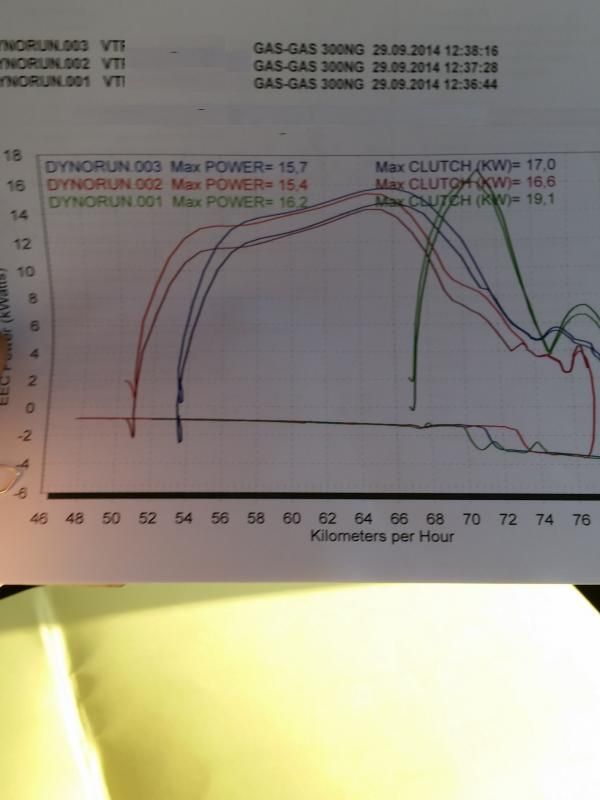Just wondering, since ive got a problem finding 2,5mm solder/tin wire, im looking at decent numbers for squish and what gaskets are used.
Ive got :
0,15mm - squish? = under 1mm
0,30mm - squish? = 1,2mm
0,50mm - squish? = over 1.6mm
I just put in a new piston, and running a single 0,30 with the head untouched.
Seems to me that the squish is over 1mm, due to not touching the 1mm diameter solder ive got.
Anyone knows what squish you have with one 0,15? or one 0,50?
Ive got :
0,15mm - squish? = under 1mm
0,30mm - squish? = 1,2mm
0,50mm - squish? = over 1.6mm
I just put in a new piston, and running a single 0,30 with the head untouched.
Seems to me that the squish is over 1mm, due to not touching the 1mm diameter solder ive got.
Anyone knows what squish you have with one 0,15? or one 0,50?
Last edited:

